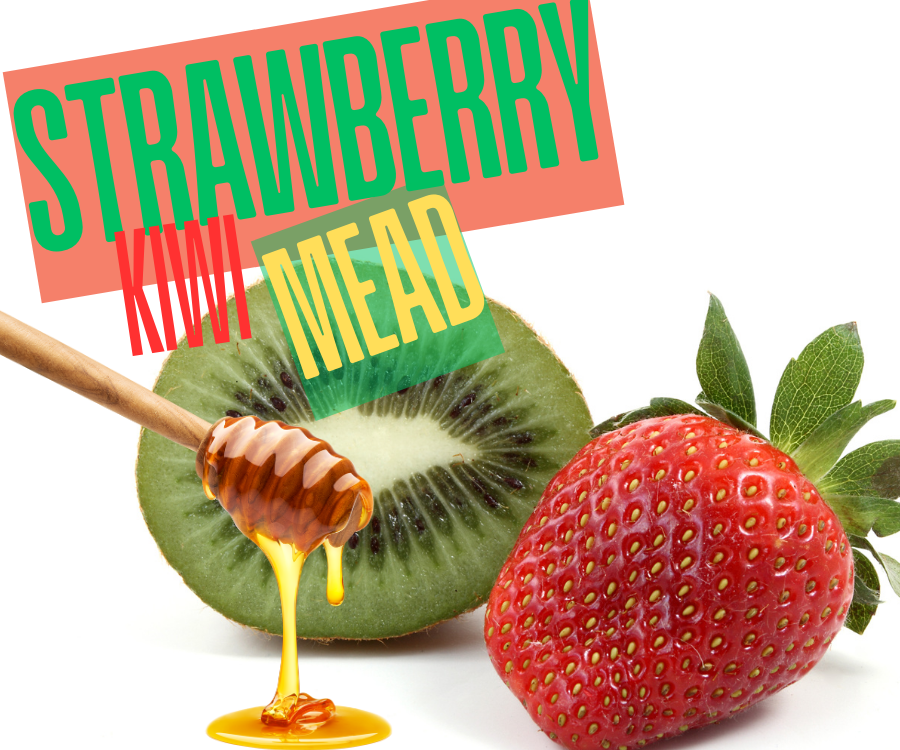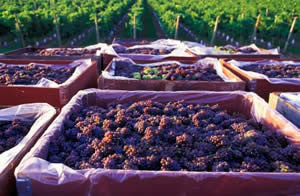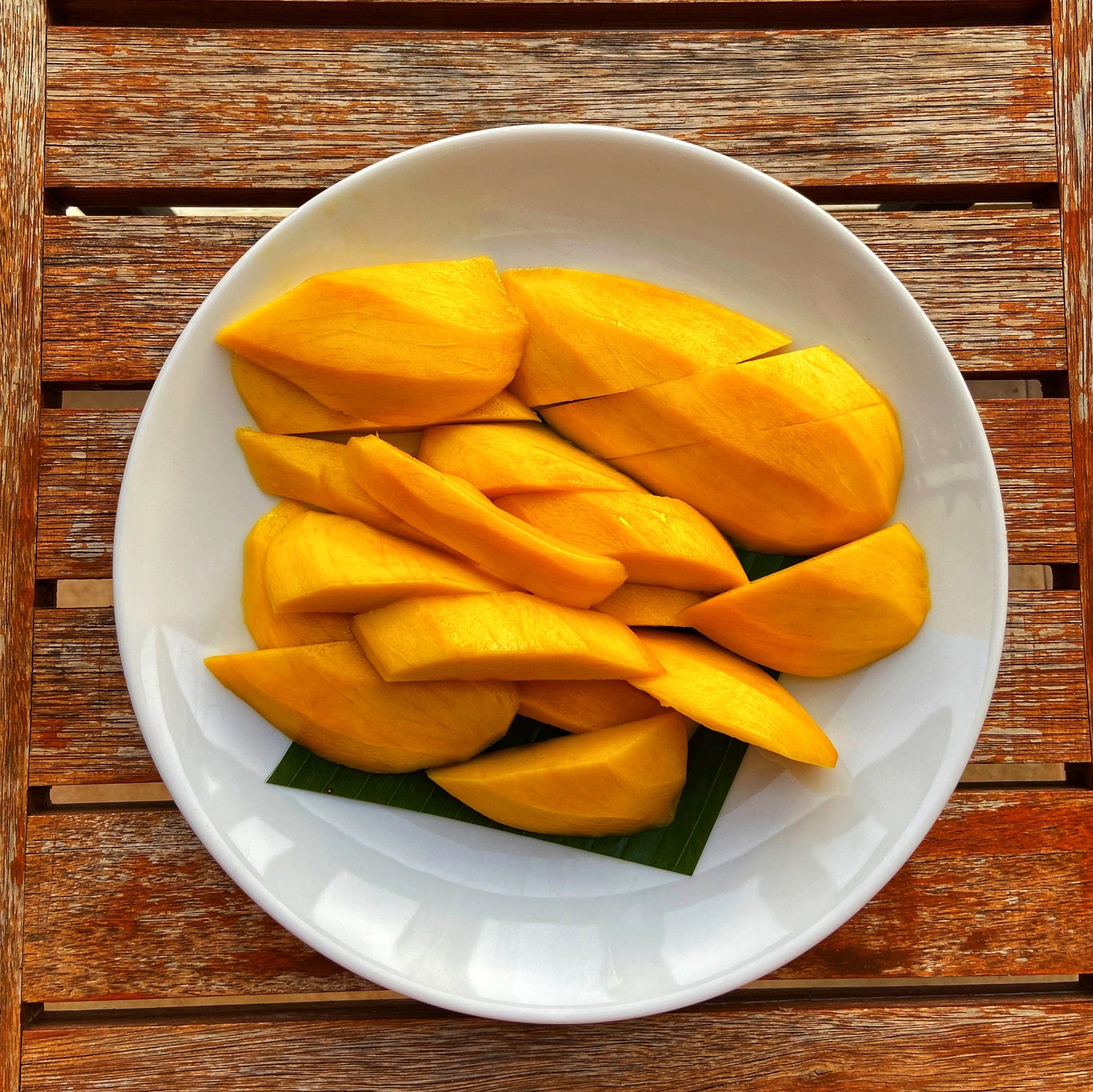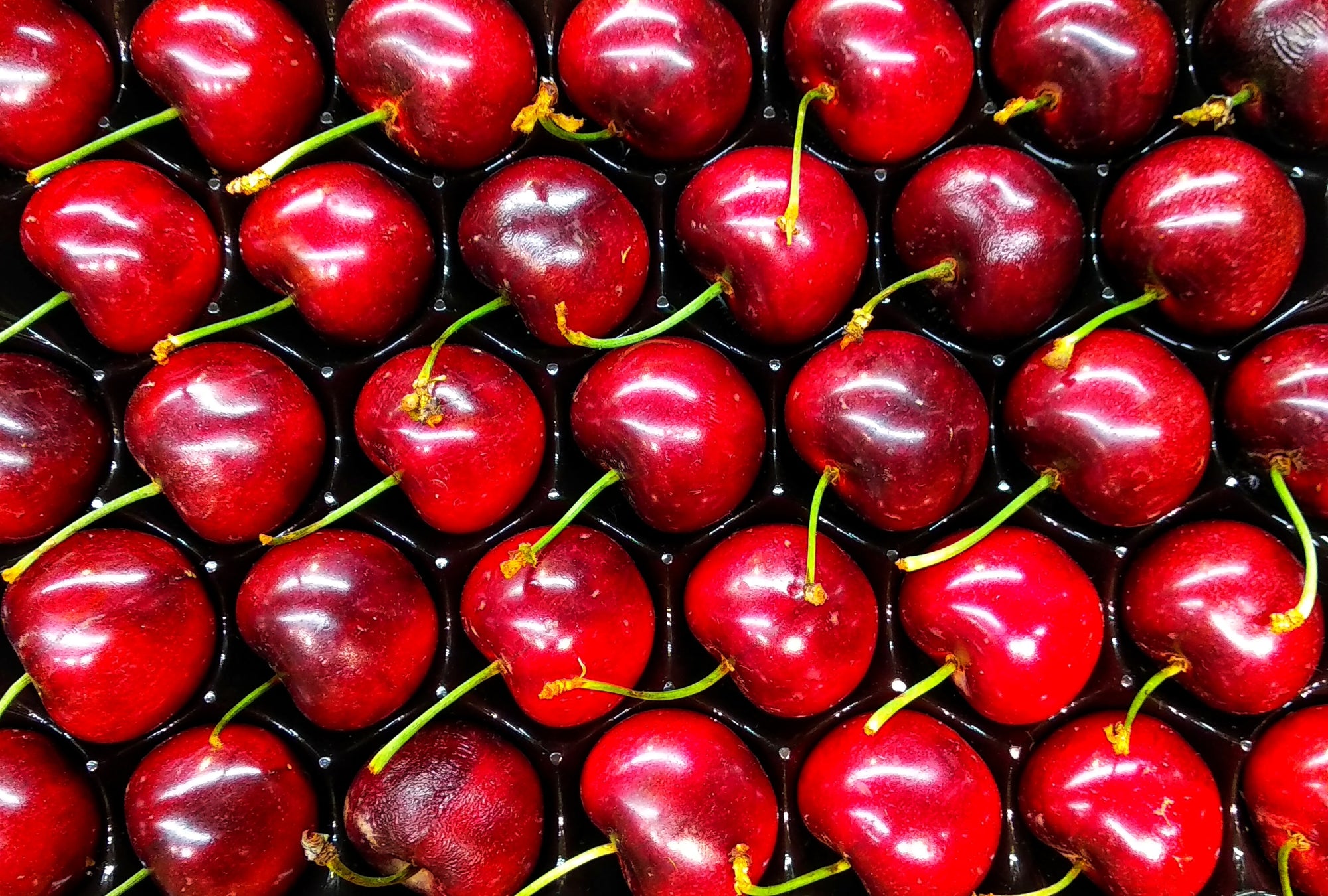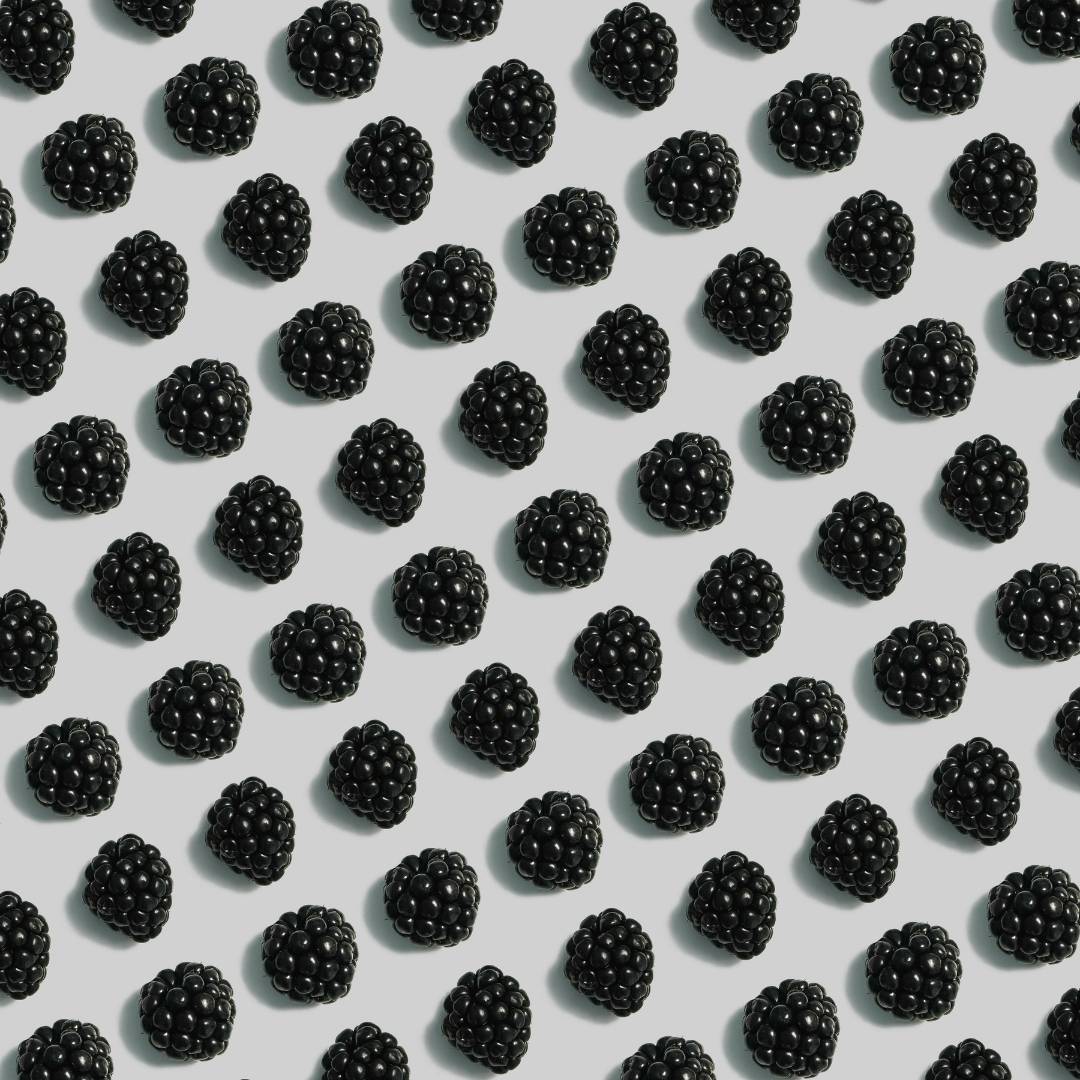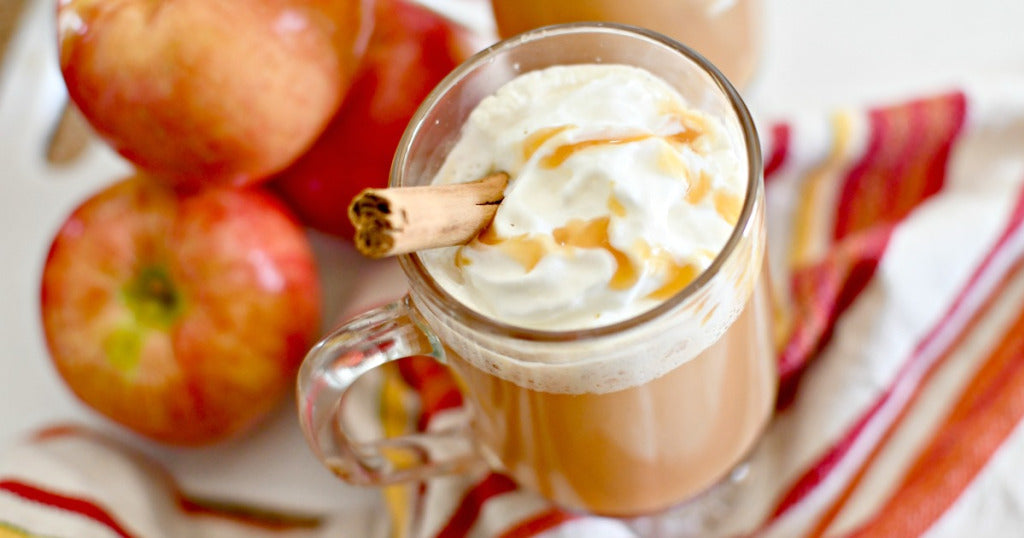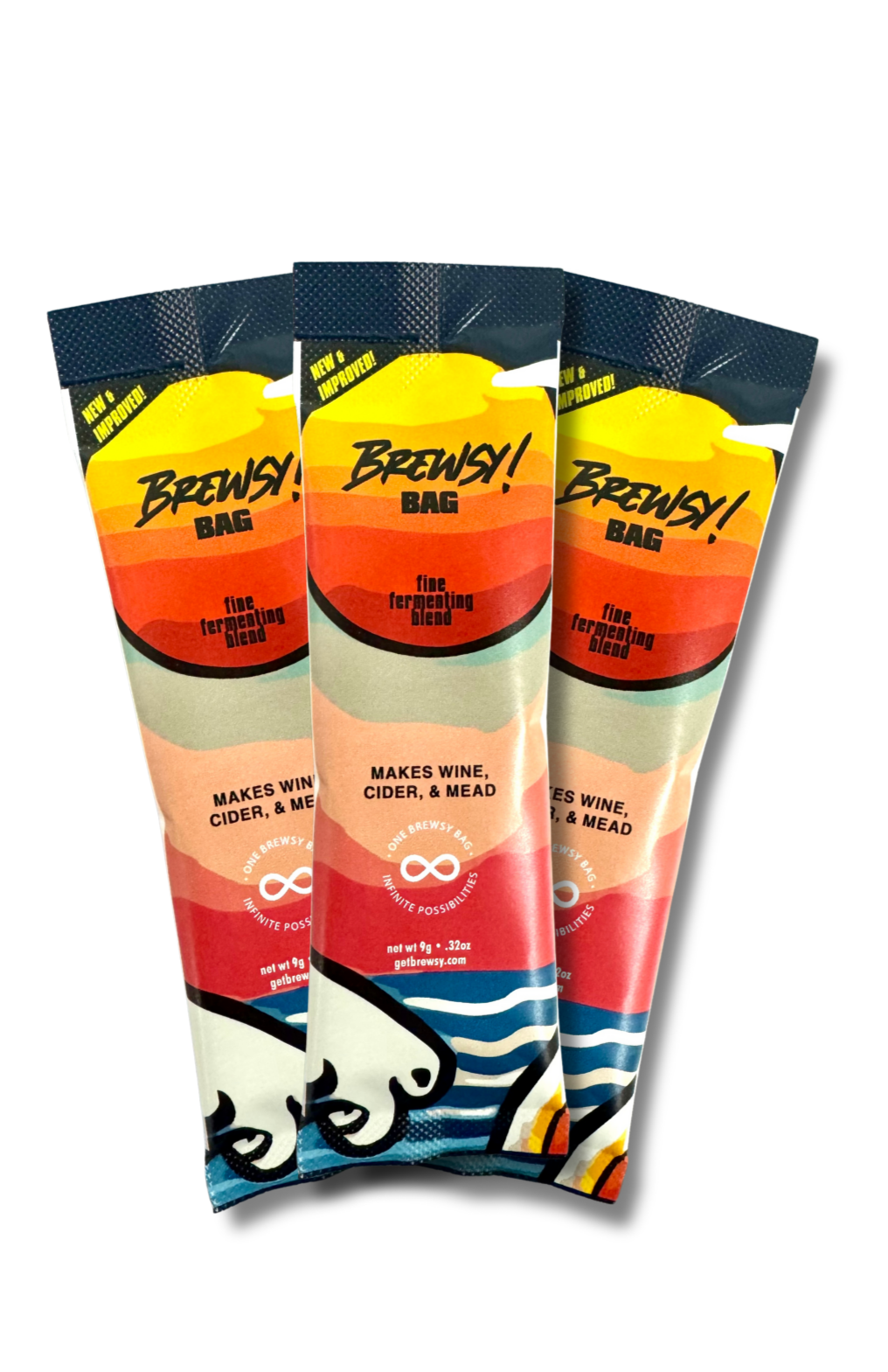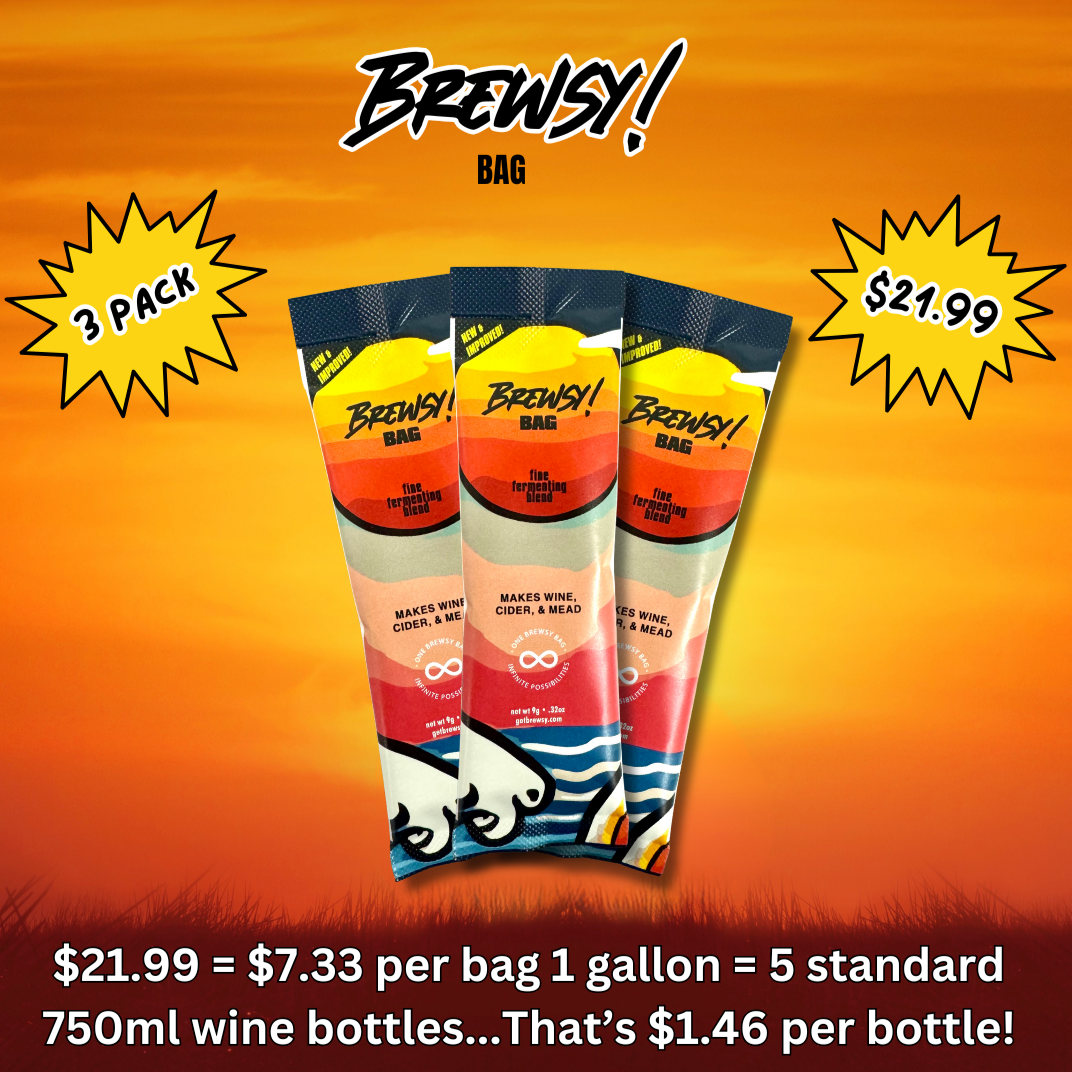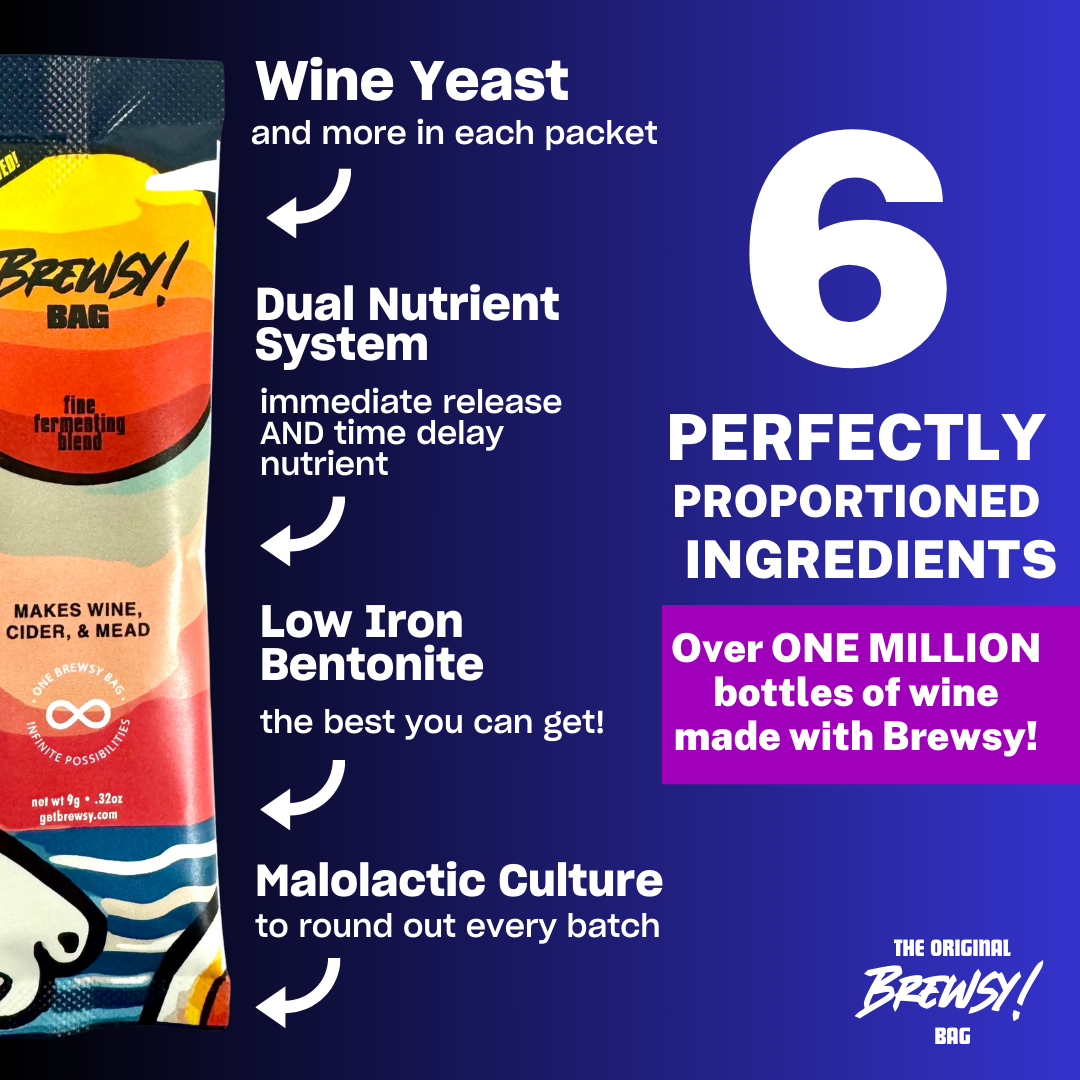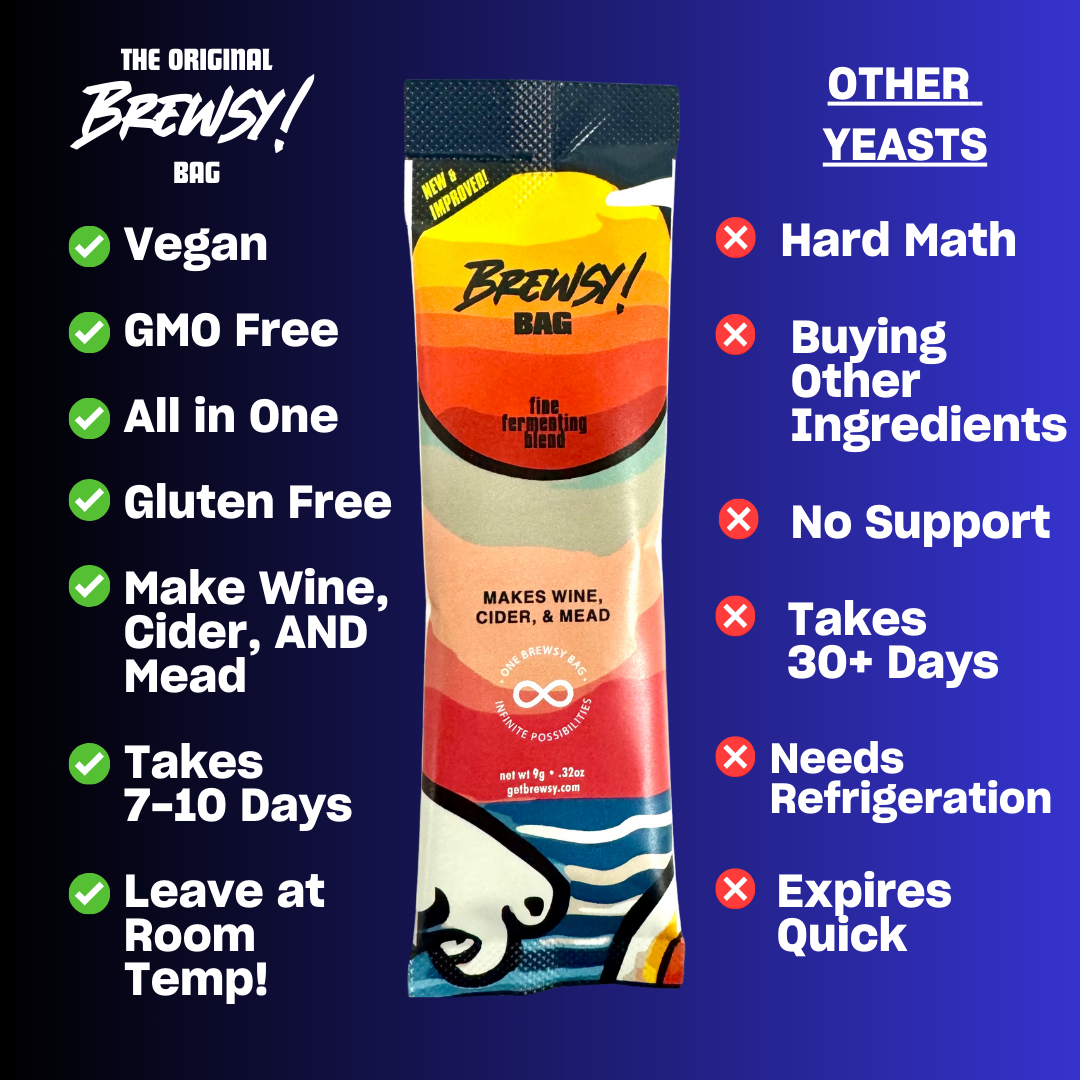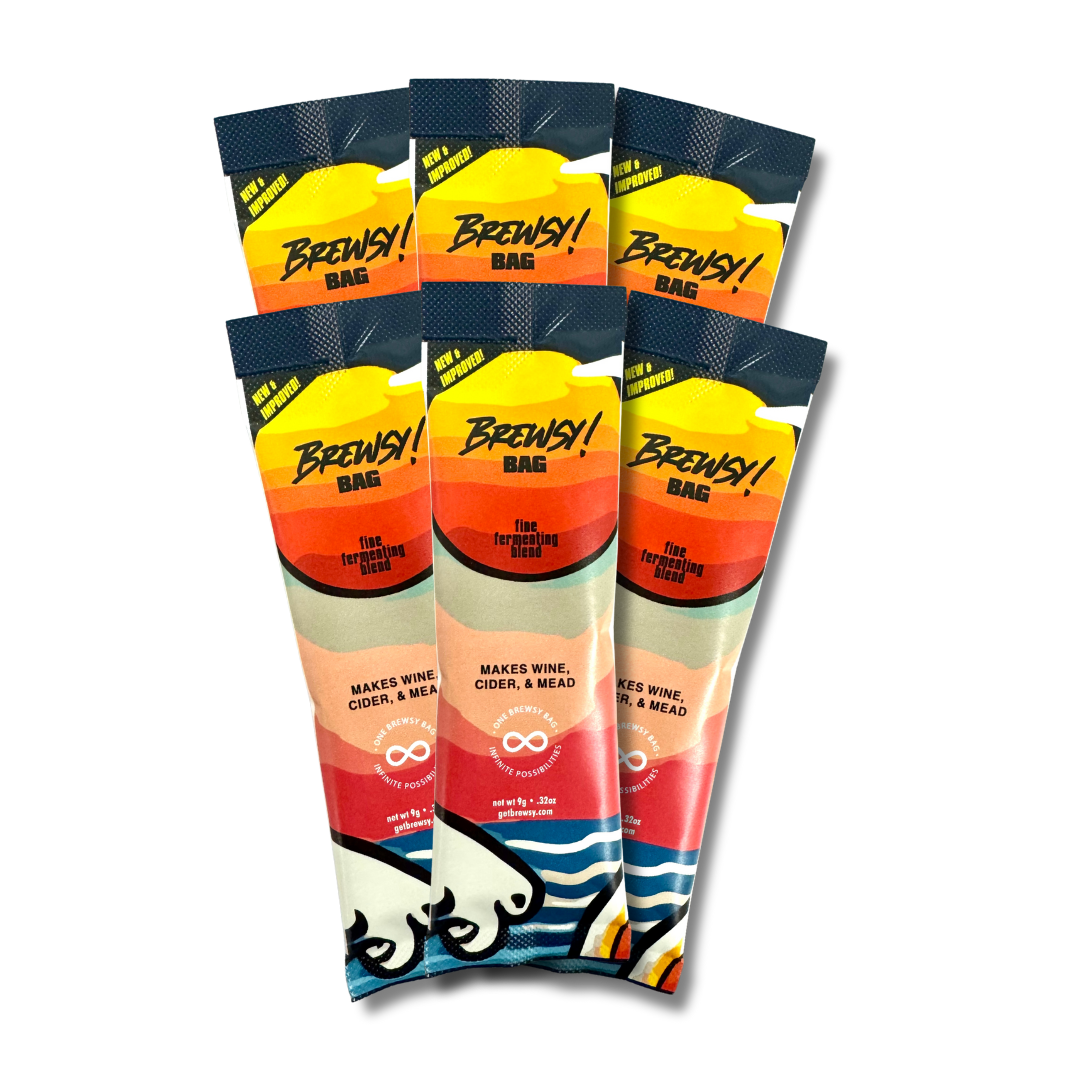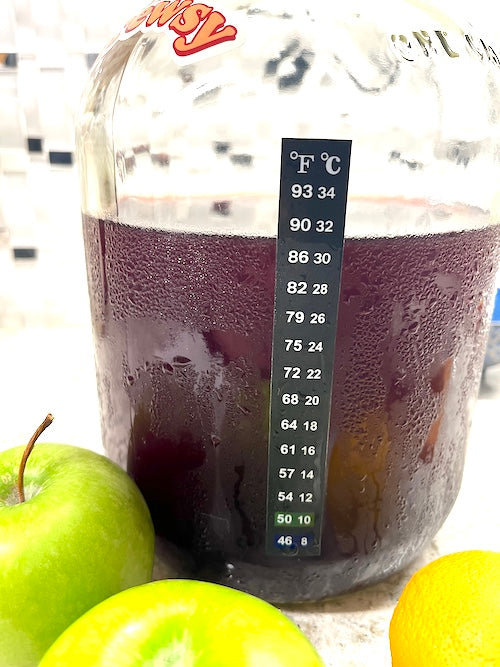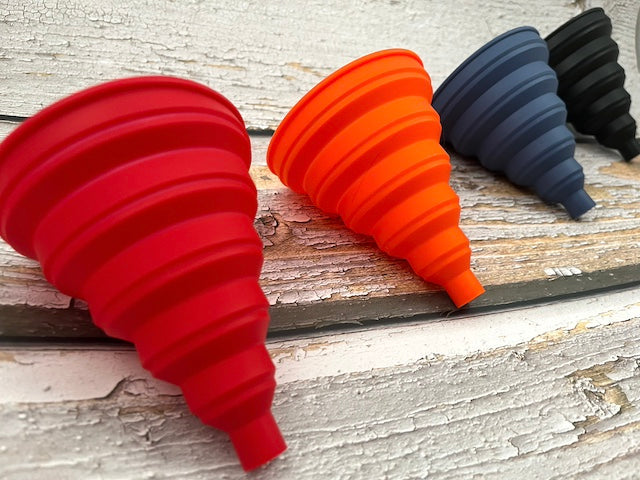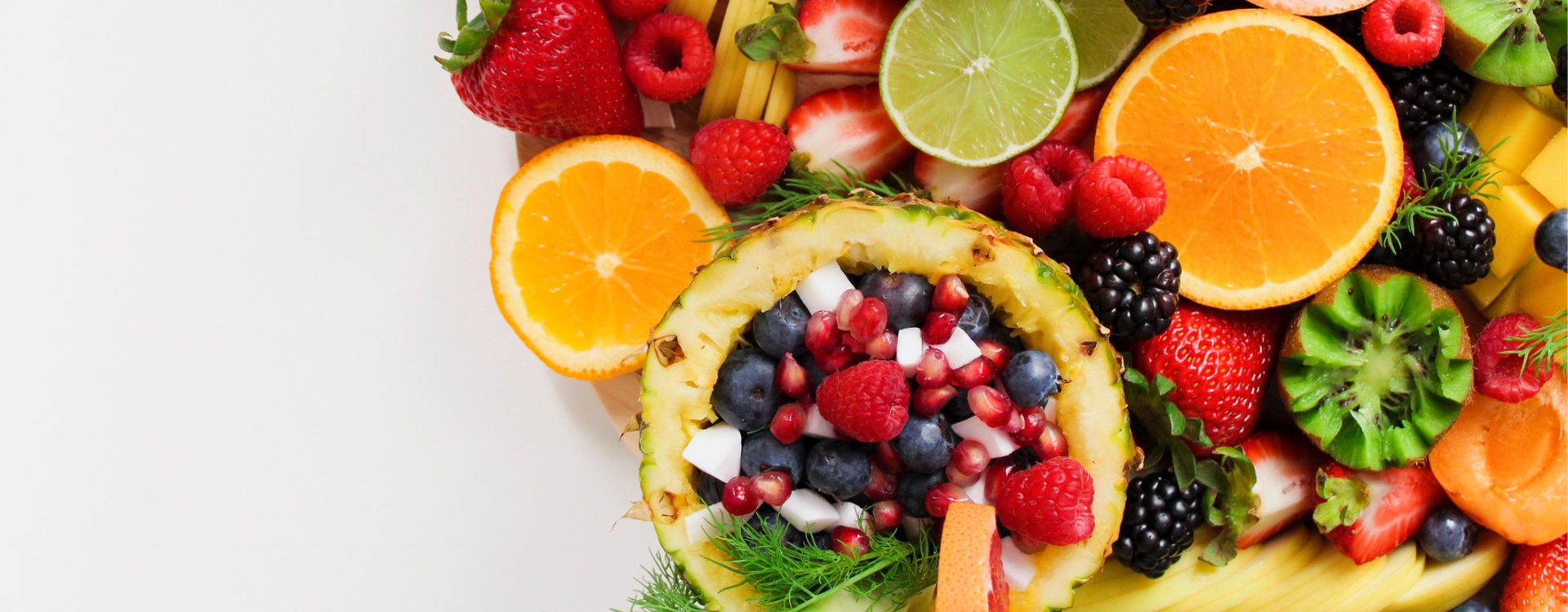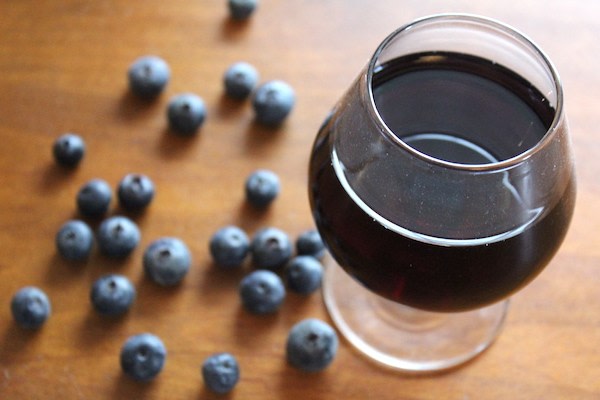
How to Make Blueberry Wine
How to Make Blueberry Wine
Looking for an easy and delicious wine to make? Look no further than blueberry wine! This wine is perfect for beginner winemakers looking to experiment with using whole fruits — it yields a full-flavored wine with a beautiful dark color. Plus, blueberries are easily accessible and affordable — you can harvest your own over the summer or simply grab a bag of frozen blueberries from the store.
What Does It Taste Like?
Blueberry wine has a full-bodied, rich flavor — think about a deep, red wine combined with the summery, vibrant taste of blueberries. It's deep red in color, and can be made either dry or sweet (depending on your preferences).
You can enjoy it by itself or paired with light appetizers, like hard cheeses, but we definitely recommend serving it chilled!
Making blueberry wine is an easy process that yields delicious results! If you are looking for an affordable and tasty country wine to make, look no further than this recipe.
What You'll Need:
First, make sure you have a gallon glass jug (carboy) to ferment your wine in. You'll also need a funnel, an airlock and rubber stopper, cheesecloth, and a long-handled spoon. As for ingredients, you'll need around three pounds of fresh blueberries, some sugar, and a Brewsy bag.
Preparing Your Blueberries
Now that you've got your blueberries, let's get started! This recipe makes approximately one gallon of delicious blueberry wine.
If your blueberries are frozen, thaw them first in a large pot. If they're fresh, wash your blueberries well and remove the stems.
Then, once thawed, place the berries in a large pot or bowl and crush them with a spoon or potato masher. Add the sugar and hot water, and stir well.
Step 3: Preparing for Fermentation
If you're fermenting your blueberry wine in a glass gallon jug, strain the mash and skins out with a cheesecloth, then add the mixture to your gallon jug.
If you're making it in a bucket, you can leave some of the mash and skins in your bucket for fermentation. To make your wine a bit less cloudy, you may want to strain some, though.
Make sure there's at least 4 inches of space for headroom in your fermentation vessel. If there isn't, pour out a bit of the blueberry juice to avoid overflowing during fermentation.
Next, in order to start the fermentation process, you’ll need a wine yeast. In this recipe, we use the brewsy bag, which is a combination of an industry-exclusive wine yeast, nutrients for healthy yeast, energizer for a quick and hearty fermentation, potassium bicarbonate (to reduce strong, acidic flavors), malolactic culture (to make your wine smoother) and bentonite (a clarifier for sparkling clear wine). It's the only way to ensure that you have a reliably strong and successful fermentation.
Add an entire Brewsy bag in, and pop on your airlock on top (making sure it's full of water).
Step 4: Fermentation
Your blueberry wine will start to ferment within 24 to 48 hours, and will continue doing so for about 5 to 7 days(sometimes longer). You'll know it's done when the bubbling has slowed down significantly (fermentation creates carbon dioxide, which causes bubbling in the airlock), or when it starts to taste a bit dry.
When in doubt, taste-test your blueberry wine for sweetness, and then go onto the next step when your wine tastes dry enough for your liking. If it still tastes too sweet, let it keep fermenting for several more days until it tastes more dry.
Step 5: Filtering Your Blueberry Wine
Once the bubbling has slowed down significantly, it's time to get rid of the lees (that's the sediment that has settled at the bottom of your carboy) and prep your wine to be enjoyed!
We definitely don't want any yeasty particles in our wine, so we're going to get rid of them by first forcing any leftover yeasty bits to the bottom of the container.
A great way to do this it simply to pop your wine in the fridge! Keep it in there for at least two days. The cold forces any leftover particles to fall to the bottom of your container.
After that, you'll need to filter (or 'rack') your wine. To do this, simply pour your wine off of the lees (all that cloudy sediment that will show up at the bottom) at into another container. You can also grab a siphon for a totally mess-free transfer (which can be tricky if you're not used to it, but super effective!)
Optionally, you might want to use a clarifying agent, which works on the molecular level to bind to small particles in your mead — particles that might lead to yeasty, bitter flavors. Every Brewsy kit comes with a clarifying agent to rid your wine of any off-flavors and make it sparkling clear.
Step 6: Bottling Your Blueberry Wine
Many winemakers believe that aging helps to bring out the subtle flavors in the fruit, resulting in a more delicious final product. But some people prefer the bright flavor of young blueberry wine!
We recommend having a glass now, and saving a few bottles for later (this recipe will yield 4 750mL regular-sized wine bottles). You can compare the taste of younger and aged wine, and see which one you like better!
The most common complain we hear about blueberry wine is that it sometimes comes out too dry. Don't worry, it will get better with time. But, if yours seems to lack flavor, you'll want to backsweeten it by making a simple syrup.
We hope you enjoyed this recipe for blueberry wine! Ready to get started? Grab a Brewsy winemaking kit, which has all the tools you need to guarantee delicious and reliable blueberry wine (or cyser or whatever you'd like!) every time you make it! (and use code FRUIT15 for 15% off, too).


